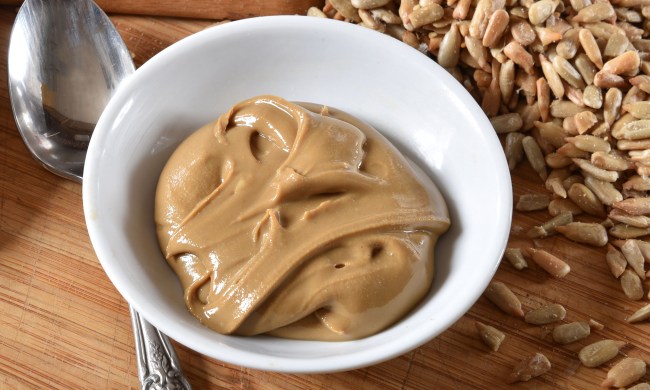How much thought do you put in when a barista asks, “sugar or Splenda?” Your body processes artificial and natural sugars differently so, it is a very important, and individualized choice.
For some, natural sugar is the ideal choice because the body can digest it easier, whereas synthetic options can be more diet-friendly. If you’re considering incorporating these sugar substitutes into your diet, the number of choices can be overwhelming. While there’s stevia, coconut sugar, and xylitol, today we’re breaking down the ins and outs of erythritol. We’ll break down everything you need to know about this natural sugar substitute, starting with what exactly it is.
More importantly, we’ll compare some of the characteristics of table sugar and erythritol side by side, so you can make informed choices about which sweetener you choose to use. There are definitely benefits to using sugar alternatives, but are they right for you? Read on to find out!
Sugar: The sweetener you know and love
Sugar is the classic sweetener of choice for cooking and baking. While it is easier on the digestive system than most substitutes, over time, it can have damaging effects on one’s health if consumed in excess. And, of course, those with diabetes need to be aware of the amount of added and naturally occurring sugar they consume when they eat.
Calories
According to the American Heart Association, each gram of sugar you consume contains about 4 calories. More often than you’d expect, sugar is a large portion of the total calories of your favorite sweets. However, calories are not the most important number to track when it comes to your nutrition, so don’t be afraid to treat yourself every now and then.
Health risks and benefits:
Although sugar doesn’t harm the body in small amounts, excess consumption can disrupt blood sugar levels, lead to weight gain, and decrease energy levels. According to Harvard Health Publishing, consuming too much sugar also has a significant effect on diabetes, insulin production, and cardiovascular health.
The body gets most of its energy from carbohydrates. Sugars give bursts of energy rather than giving your body a strong and consistent source. Therefore, it’s not great to rely on sugar as your energy source, but a candy bar can be a really effective pick me up in the middle of the day.
Erythritol: What is it, and is it any better?
Erythritol is a type of polyol or sugar alcohol, a chemical compound about three-quarters as sweet as sugar. Research has concluded this sweetener is safe for consumption in moderation.
According to Diet vs. Disease, this sweetener is “found naturally in some fermented foods and fruits. However, most erythritol is man-made from cornstarch.” Specifically, when certain types of starches ferment, they produce sugars such as dextrose. Some foods that naturally contain erythritol include watermelon, mushrooms, grapes, cheese, and beer (via FoodInsight).
Erythritol has a sweetness that is akin to that of table sugar and is in the form of white crystal granules of powder. When substituting erythritol for sugar in recipes, many people find a 1:1 conversion works, though others will add a bit more of the substitute since it is slightly less sweet than sugar.
Calories
Erythritol activates the sweetness-receiving taste buds in your mouth thanks to its chemical structure. While the body is able to absorb erythritol, it cannot break it down, and most will exit via urine. Since the body does not process and use any components of erythritol, it is considered to have nearly zero calories, compared to sugar’s 4 calories per gram. Erythritol contains only 0.3 calories per gram.
Health risks and benefits
Erythritol isn’t as harsh on the digestive system as other sugar substitutes, but it can still cause gas, bloating, and diarrhea when ingested in excess. Additionally, nutritionists have found that those who consume sugar alcohols feel less full than those who eat natural sugar, so relying on erythritol and similar substitutes can lead to overeating and weight gain.
Erythritol is a promising sugar alternative for those with diabetes since it doesn’t affect glucose or insulin levels. It is also less damaging to teeth than traditional sugar.
Now that you can distinguish some of the characteristics, costs, and benefits of sugar versus erythritol, it’s time to give each a test drive. Though each has pros and cons, you are the only one who can decide what’s best for you and your diet. This is not the only artificial sweetener out there, either, so don’t forget to do your research before making any changes to your diet.
BlissMark provides information regarding health, wellness, and beauty. The information within this article is not intended to be medical advice. Before starting any diet or exercise routine, consult your physician. If you don’t have a primary care physician, the United States Health & Human Services department has a free online tool that can help you locate a clinic in your area. We are not medical professionals, have not verified or vetted any programs, and in no way intend our content to be anything more than informative and inspiring.



